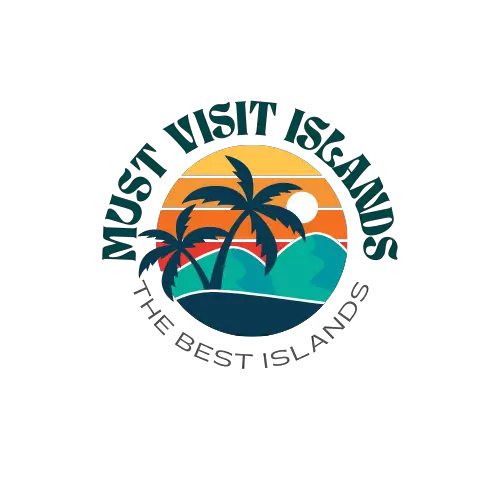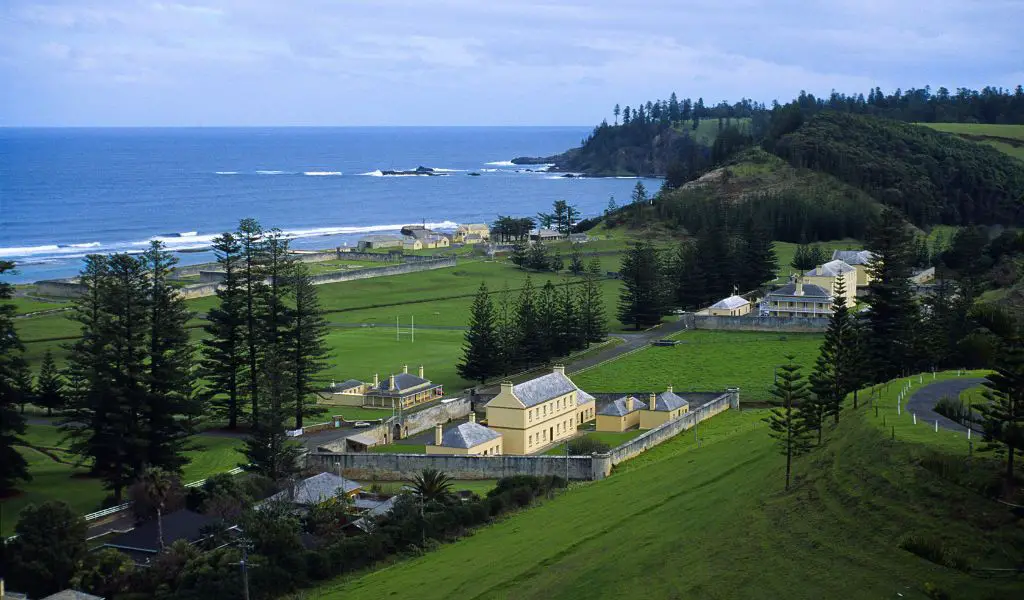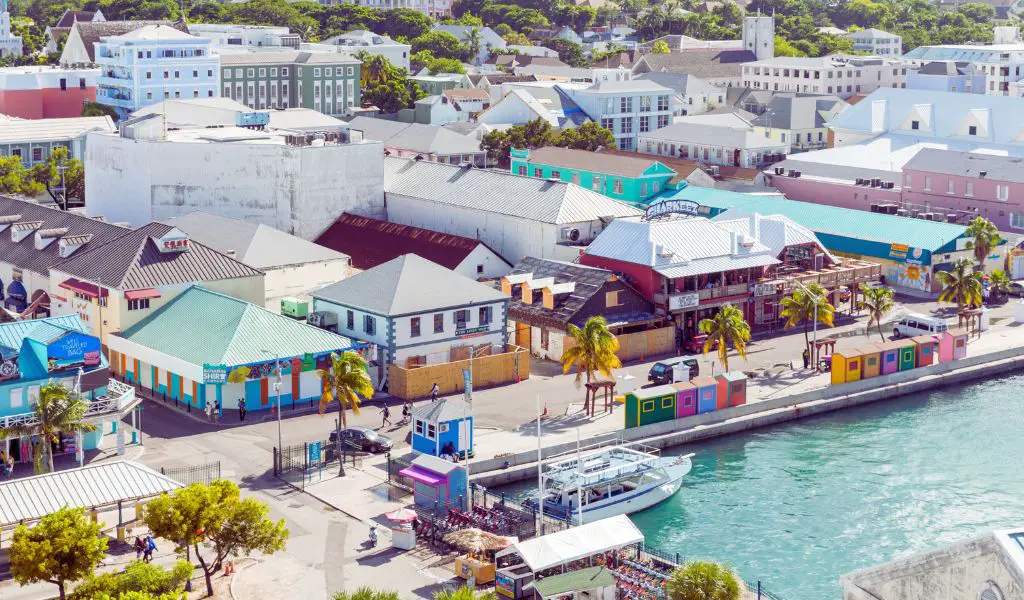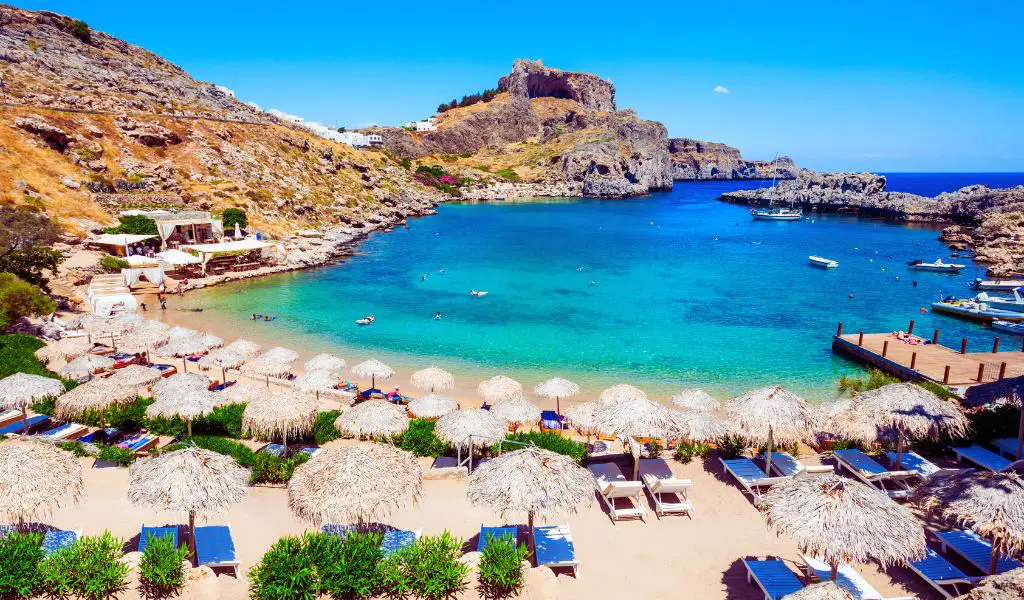Norfolk Island, nestled in the South Pacific Ocean between New Zealand and Australia, boasts an enchanting blend of natural beauty and rich history that is sure to captivate any traveler. Spread across a land area of around 35 square kilometers, the island is adorned with an array of geographical features including verdant subtropical forests, jagged cliffs, sandy beaches, and azure blue sea waters.
Geography
The island’s most iconic geographical feature is undoubtedly Mount Pitt, which provides panoramic views of the island’s untouched beauty.
At the island’s northern and southern ends, steep cliffs rise dramatically from the sea, while its east and west coasts harbor sandy beaches, which give way to a central plateau.
It’s not just about aboveground allure though; the island also houses several caves, with Bumbora and Cockpit being the most visited.
The island’s natural scenery is complemented by a multitude of attractions that delve into its rich historical legacy.
The Kingston and Arthur’s Vale Historic Area, a UNESCO World Heritage site, is a notable testament to the island’s colonial past.
The island also has a significant number of historical buildings, ruins, and archaeological sites that detail its history as a convict settlement.
Activities
Many activities on the island revolve around exploring its natural landscapes and heritage sites.
Walking trails through national parks provide an excellent opportunity for visitors to soak in the island’s diverse flora and fauna.
Those with an adventurous streak can opt for snorkeling and scuba diving in the surrounding waters, home to vibrant coral reefs teeming with marine life.
Population
Norfolk Island’s population is just over 1,700.
The island’s inhabitants, known as Norfolk Islanders, are descendants of the Bounty Mutineers and their Tahitian companions, leading to a unique culture that is an amalgamation of Polynesian and British influences.
When to Go
The best time to visit Norfolk Island is during the months of November through March.
During this period, the weather is warm and dry, making it ideal for outdoor activities such as hiking and beach-going.
How to Get There
Travelers can reach Norfolk Island via air. Direct flights are available from Australian cities like Sydney, Brisbane, and Melbourne.
Additionally, Air New Zealand operates flights from Auckland. The island has its own airport, the Norfolk Island Airport.
Highlights
Notable highlights of Norfolk Island include the Norfolk Island National Park, Kingston and Arthur’s Vale Historic Area, Emily Bay lagoon, and Mount Pitt.
Additionally, visitors often enjoy the island’s traditional music, the local cuisine, and the unique Norfuk language.
What You Should Know
Travelers should know that Norfolk Island operates under its own legislative assembly and maintains its own laws, which are different from mainland Australia’s.
English is widely spoken, but you might also hear the local Norfuk language.
The local currency is the Australian dollar.
FAQs
Do I need a visa to visit Norfolk Island?
While Norfolk Island is an external territory of Australia, it maintains separate immigration controls. Visitors from most countries, including those who hold an Australian visa or are Australian citizens, do not require a visa.
Is it safe to swim on Norfolk Island’s beaches?
Yes, it is generally safe to swim on Norfolk Island’s beaches. Emily Bay is a popular spot for swimming due to its calm and clear waters.
Can I rent a car on Norfolk Island?
Yes, car rental services are available and driving is a popular way to explore the island.




